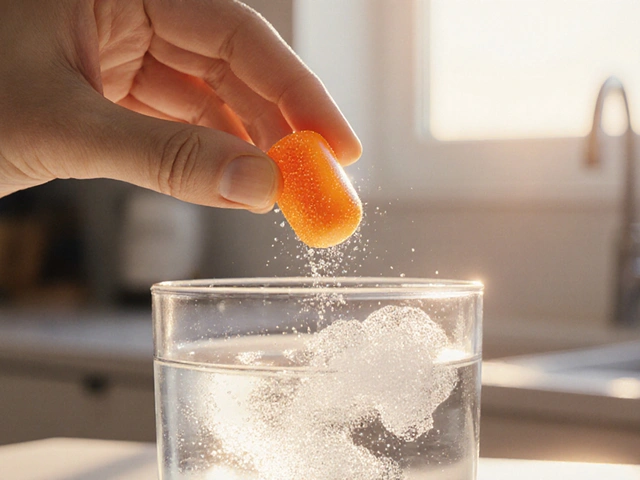Morinda citrifolia (Noni): Benefits, Uses, and Safety Guide
If you’ve seen noni juice on a shelf or in a health blog, you’re probably wondering what all the hype is about. Morinda citrifolia, commonly called noni, is a tropical fruit that’s been used for centuries in traditional medicine. Today we’ll break down what it actually does, how people take it, and what you need to watch out for.
What is Morinda citrifolia?
Noni grows on a small tree native to Southeast Asia and the Pacific. The fruit looks a bit like a bumpy, sour orange and is rarely eaten raw because of its strong taste. Instead, the juice, powdered pulp, or dried leaf extracts are sold as supplements. The plant contains several bioactive compounds – flavonoids, iridoids, and vitamin C – that give it antioxidant and anti‑inflammatory properties.
Modern research has focused on three areas: immune support, metabolic health, and skin healing. Small trials suggest noni may help reduce oxidative stress and improve markers like C‑reactive protein, which tracks inflammation. Some people also use it for joint comfort or to ease minor digestive upset.
How to Use Noni Safely
When you’re ready to try noni, start low. A typical dose is 30‑60 ml of juice per day or 500‑1000 mg of powdered extract. Take it with food to lessen any stomach irritation, especially if the juice is very acidic.
Watch the label for added sugars – many commercial juices are sweetened to mask the tart flavor. If you’re looking for a pure product, choose one with fewer than 5 g of sugar per serving.
People on blood‑thinning medication (like warfarin) should be cautious. Noni’s vitamin K content can interfere with clotting, and a few case reports link high‑dose noni to liver enzyme changes. If you have a liver condition, pregnancy, or are nursing, talk to a doctor before adding noni to your routine.
Side effects are usually mild: occasional nausea, headache, or a short‑lived rash. If any symptom feels off, stop the supplement and seek advice.
For best results, pair noni with a balanced diet and regular exercise. Think of it as a small boost rather than a cure‑all. Most experts recommend using it for a short trial—about 4‑6 weeks—and then evaluating how you feel.
Bottom line: Morinda citrifolia offers antioxidant benefits and may support immune health, but it’s not a replacement for medical treatment. Choose reputable brands, respect the dose, and keep an eye on how your body reacts.

Noni Benefits: Evidence, Dosage, and Safety for Morinda citrifolia
What noni can and can’t do: evidence, safe dosages, risks, and buying tips. Clear, practical advice for trying noni wisely in 2025.
Aug 27 2025




